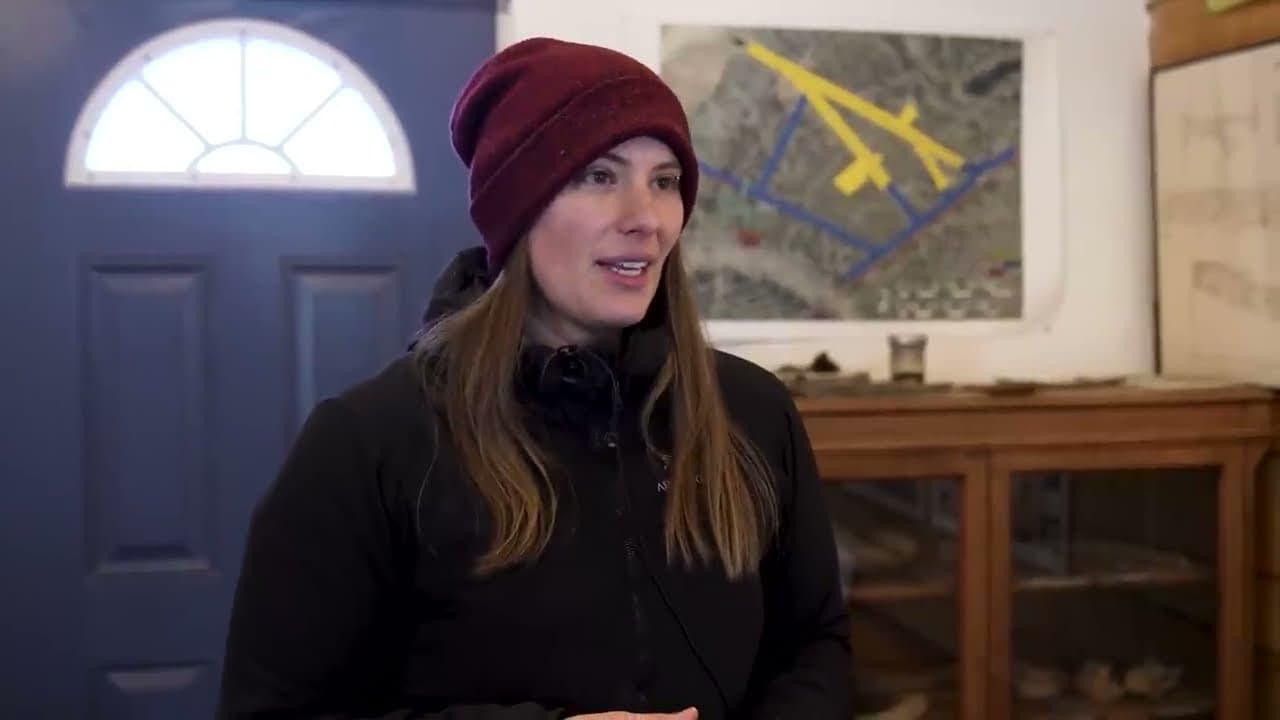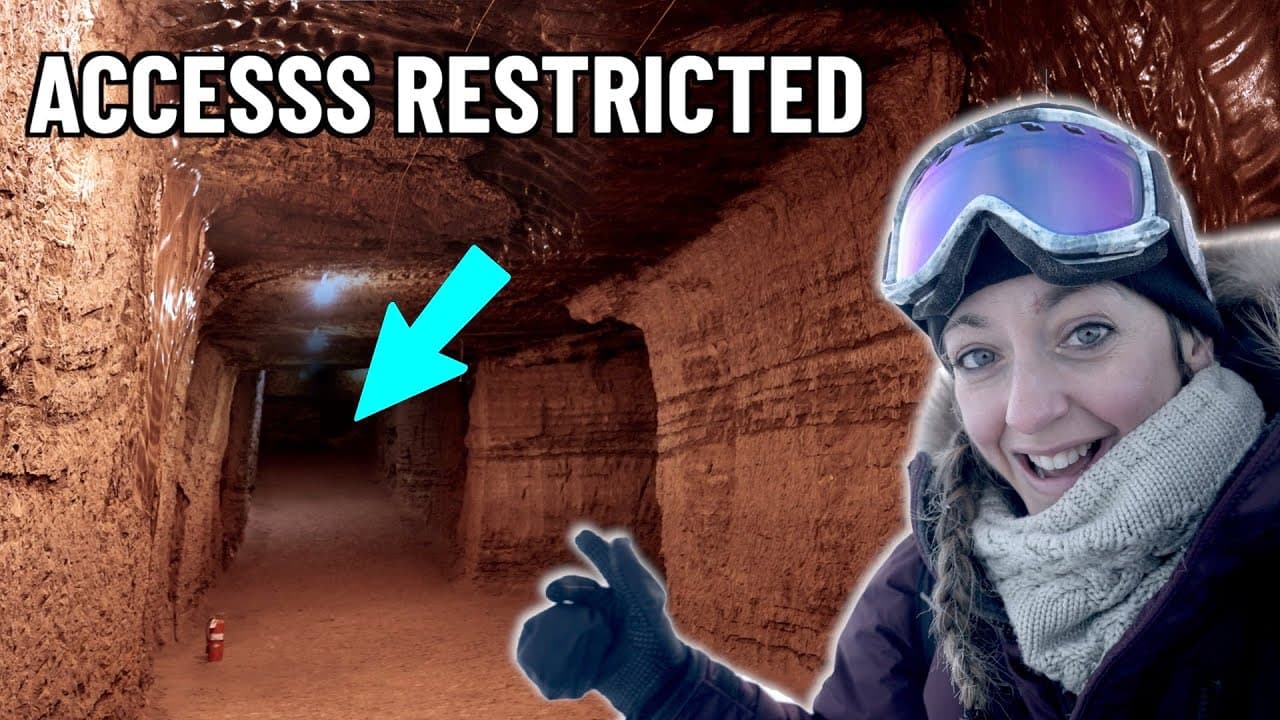Inside the Permafrost Tunnel
As I ventured into a hidden tunnel buried 60 feet underground in Alaska, I uncovered secrets frozen since the last Ice Age, secrets that could reshape our understanding of climate change and its far-reaching effects on the planet.
TL;DR
I entered a secretive Alaskan tunnel, discovering ancient frozen ground and its surprising smells that hinted at long-dormant life forms awakening.
Exploring the tunnel's history revealed Cold War origins and fragile ice walls, raising questions about how thawing could unleash hidden dangers like ancient microbes.
I learned about global impacts, from a mysterious Siberian anthrax outbreak linked to melting permafrost, to collapsing houses and shifting landscapes worldwide.
Scientists are racing to study carbon release and infrastructure risks, as billions in funding highlight the urgent stakes for our planet's future.
Amid mammoth bones and ice wedges, I realized this unique site holds keys to predicting environmental changes that affect water, food, and daily life.
I never expected a simple visit to a frozen hillside in Alaska to change my perspective on the world, but as I stepped into the permafrost tunnel, the musty smell hit me first—like manure, yet strangely intriguing. This tunnel, dug by the U.S. government 60 years ago during the Cold War, was meant to test if permafrost could insulate military equipment, but it quickly became a vital research site instead. The walls and floors, frozen solid for over 40,000 years, contained everything from ancient roots and rocks to perfectly preserved mammoth bones, making it feel like stepping into a time capsule.

What amazed me was how this "permanent freezer" covered a fifth of the Northern Hemisphere, spanning places like Canada, Russia, and Greenland. The soil here had been untouched since the last Ice Age, and as I examined the sublimating ice walls—where ice turns directly into gas without melting—I realized even slight warmth could cause damage. For instance, the tunnel's walls showed different sublimation rates for soil and ice, with dirt protruding further, requiring summer cooling with refrigerators to prevent collapse.
One section, called the "bone yard," held actual mammoth tusks and bones, not fossils, preserved in the permafrost and offering clues to prehistoric life. I touched one, marveling at how scientists use these as detective tools to reconstruct the past, like piecing together a puzzle from 40,000 years ago. But beyond the wonders, I learned about real dangers: the smell I noticed came from awakening microbes, bacteria frozen for millennia that are still alive and starting to break down carbon as temperatures rise.
Scientists explained that most of these microbes are harmless, but the potential for pathogens exists, as seen in a 2016 anthrax outbreak in Siberia. There, thawing permafrost released an infected reindeer carcass, sickening people and animals, showing how global warming could wake "zombie bacteria." This tunnel, the only one of its kind worldwide, serves as a test bed for such changes, helping predict what happens when permafrost thaws globally.

The Thawing Threat
As I walked deeper, I saw massive ice wedges, some 40,000 years old, that looked otherworldly and demonstrated the risks of thawing. These formations, created in extreme cold where the ground cracks and refreezes, could turn into ponds or sinkholes if warmed, leading to infrastructure failures like collapsing houses in Fairbanks or "drunken forests" of tilting trees in Siberia. In Alaska, entire villages are sinking, and new sinkholes are appearing even under the ocean, where permafrost lies hidden.
The bigger issue is carbon: thawing permafrost releases trapped stores, increasing methane and CO2 in the atmosphere, which accelerates global warming in a vicious cycle. I learned this affects not just the environment but everyday life, like unpredictable river freezing that endangers travel or floods reactive metals into water supplies, altering ecosystems and food chains. Scientists use tools like electrical resistivity tomography and ground-penetrating radar to map thawed and frozen areas, collecting soil cores to study these transitions and their impacts.

With billions invested in research and repairs, from fixing damaged roads to studying greenhouse gas emissions, it's clear permafrost degradation is a global priority. I witnessed how this tunnel helps scientists compare ancient conditions to today's rapid changes, providing insights into water cycles, microbial activity, and even iron levels in watersheds that could reshape agriculture and travel.
Reflecting on my time in the tunnel, I see it as a window to the past and a warning for the future, where understanding these frozen landscapes could help mitigate the broader effects of climate change on our daily lives and the planet's stability.
Key Takeaways
The permafrost tunnel reveals ancient secrets, from mammoth bones to awakening microbes, preserved for thousands of years.
Thawing permafrost poses risks like pathogen release, infrastructure collapse, and accelerated global warming through carbon emissions.
Scientists use the tunnel to study environmental changes, informing predictions about water, food, and landscape stability worldwide.

